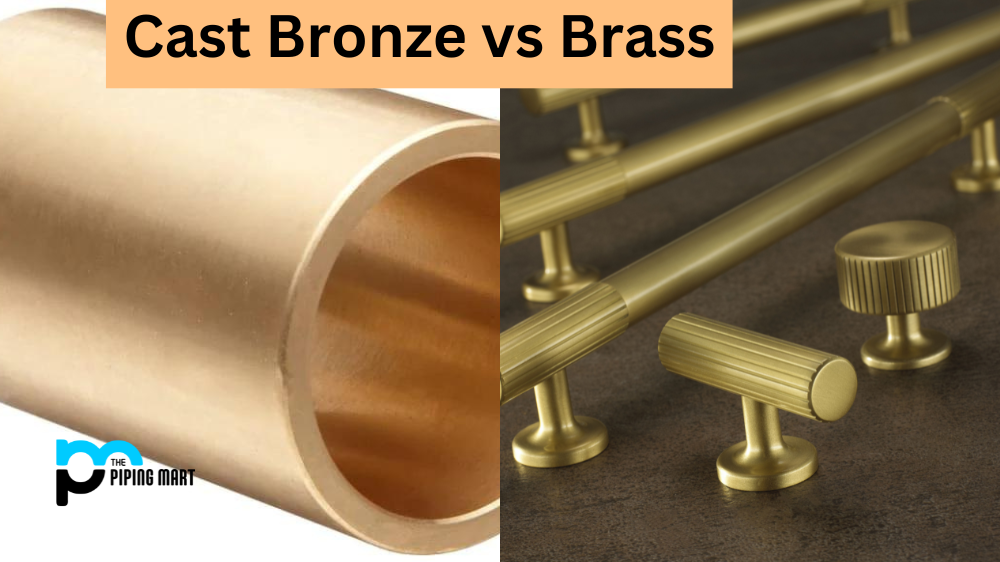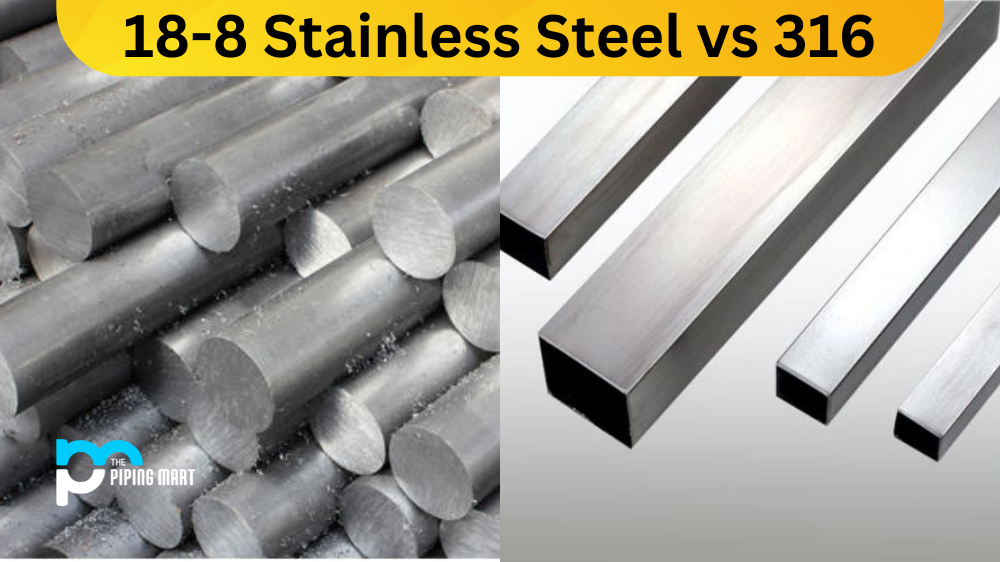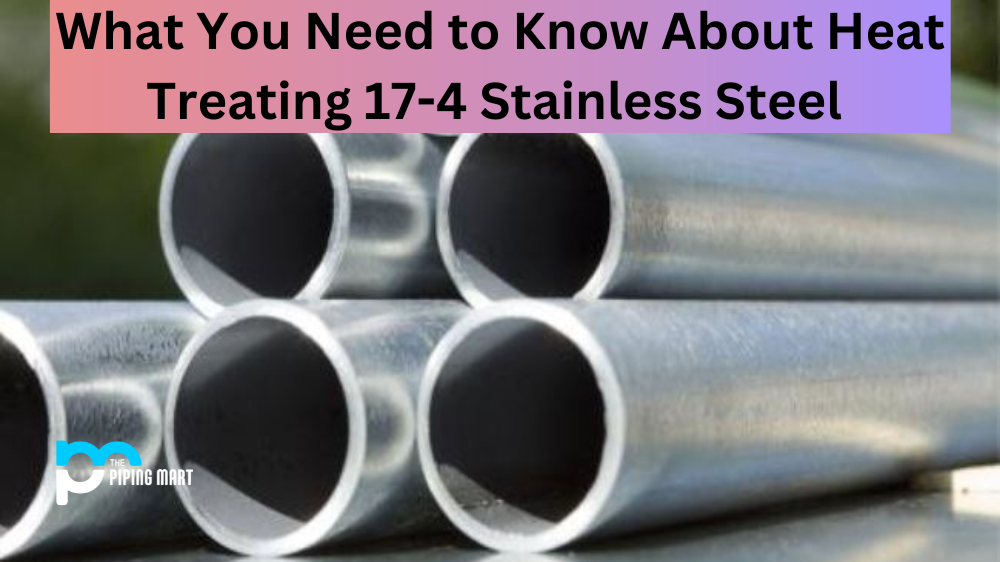If you’re considering purchasing a metal product, chances are you’ve come across both cast bronze and brass. But do you know the difference between the two? Understanding the characteristics of each metal can help you make an informed decision about which one is right for your needs. Let’s take a look at the differences between cast bronze and brass.
What is Cast Bronze?
Cast bronze is an alloy made from copper, zinc, and tin. It has a yellowish-brown colour when polished and is relatively soft compared to other metals like steel or aluminium. It is an excellent material for casting because it has a good surface finish, high strength, and good wear resistance. Cast bronze is also non-magnetic and resistant to corrosion in most environments. It can be used for various applications, including sculptures, decorative objects, musical instruments, plaques, coins, and jewellery.
What is Brass?
Brass is another alloy composed mainly of copper but with zinc as its main component instead of tin. This gives brass a slightly different colour than cast bronze; it has more of a yellowish tone that some describe as being “golden” in appearance. Brass also tends to be harder than cast bronze because it contains more zinc content by volume. Like cast bronze, brass is non-magnetic and resistant to corrosion in most environments but does not have quite as good wear resistance as its counterpart due to its higher hardness level. Applications for brass include plumbing fixtures, zippers, locksets, electrical components, gears, door handles/knobs, fasteners/nuts/bolts/screws/washers/rivets/pins etc., hinges, springs and valves etc., kitchenware items like bowls & trays etc., instruments such as bells & cymbals etc., furniture like beds & chairs etc., curios & artefacts etc., musical instruments such as trumpets & saxophones etc., car emblems & plates etc., sculptures & figurines etc., architectural elements such as grills & railings etc.
Difference Between Cast Bronze and Brass
Composition
Cast bronze and brass are both metals that can be used for a variety of purposes. However, they have a different composition. Cast bronze is an alloy of copper and tin, while brass is an alloy of copper and zinc.
Properties
Due to their different composition, cast bronze and brass also have different properties. Cast bronze is harder and stronger than brass, making it more durable. Brass is more malleable than cast bronze, making it easier to work with.
Uses
Because of their different properties, cast bronze and brass are used for different purposes. Cast bronze is often used in the construction of buildings and bridges, as well as in the production of sculptures and coins. Brass is commonly used in the production of musical instruments, plumbing fixtures, and hardware.
Prices
Due to their different uses, cast bronze and brass also have different prices. Cast bronze is typically more expensive than brass due to its greater strength and durability. However, the price of both metals can vary depending on the market conditions at the time of purchase.
Care Instructions
Since cast bronze and brass have different properties, they also require different care instructions. Cast bronze should be cleaned with a mild soap and water solution, while brass should be cleaned with a vinegar and water solution.
Conclusion
Whether you choose cast bronze or brass for your project depends on what type of properties you need from your metal product; both offer their own unique advantages depending on your needs. Knowing what sets them apart can help ensure that you get exactly what you are looking for! If you are still unsure which one to pick after reading this article, consider consulting with an expert who can provide further guidance on which option makes sense for your project requirements. After all – knowledge really is power!

A passionate metal industry expert and blogger. With over 5 years of experience in the field, Palak brings a wealth of knowledge and insight to her writing. Whether discussing the latest trends in the metal industry or sharing tips, she is dedicated to helping others succeed in the metal industry.




